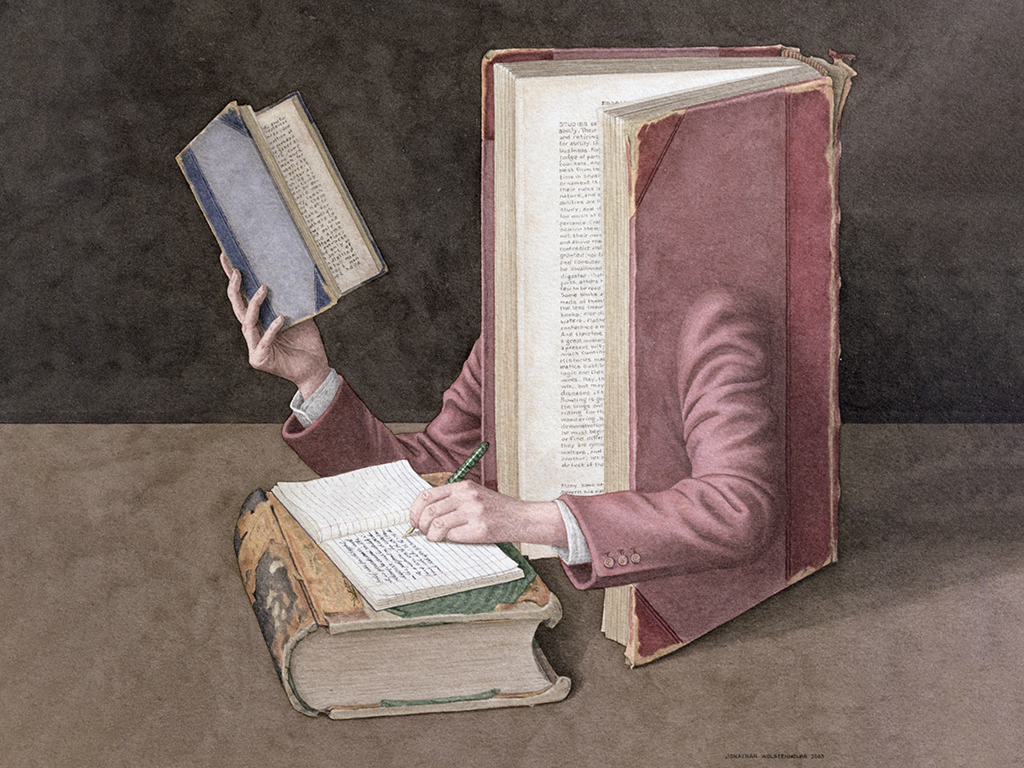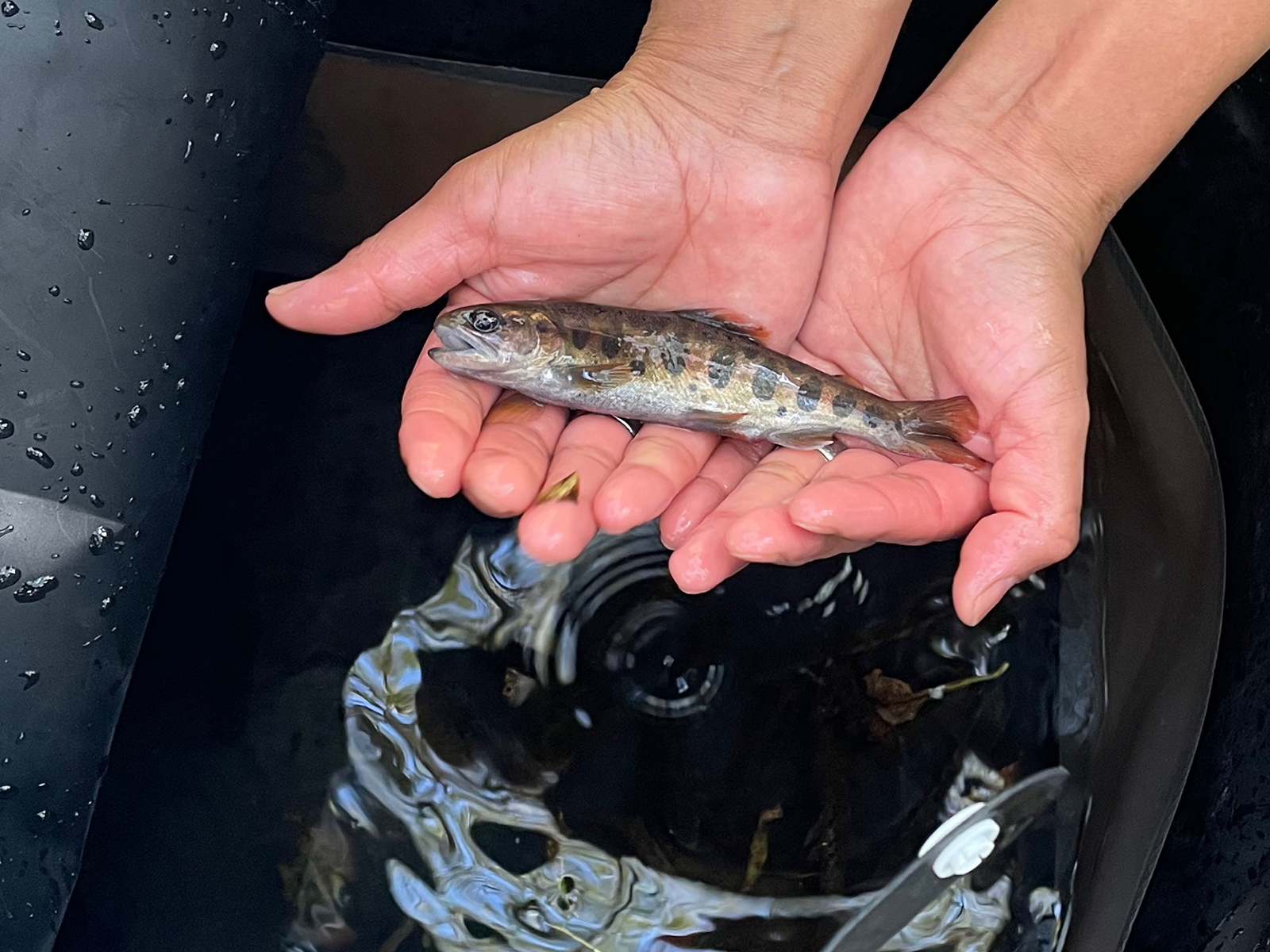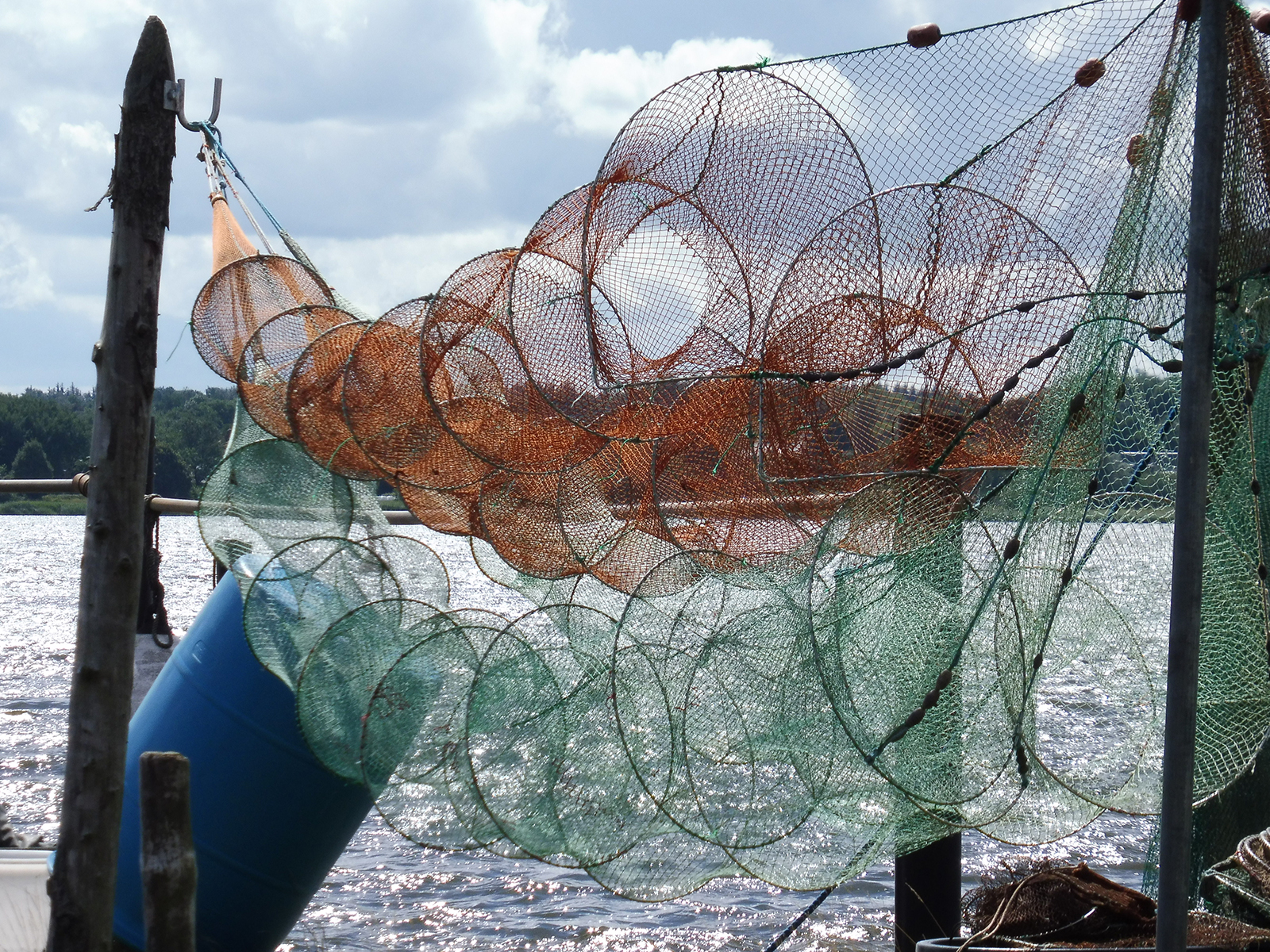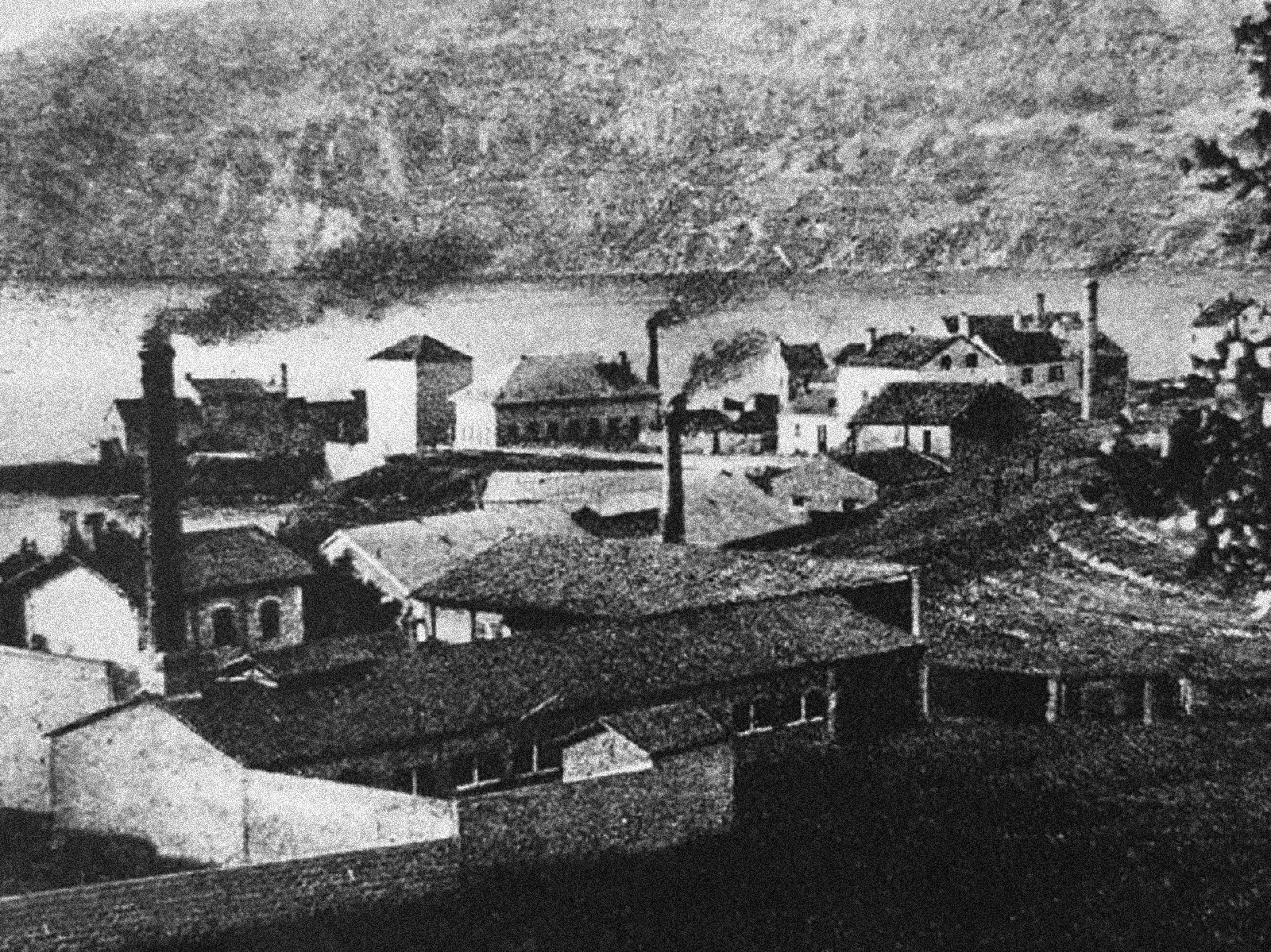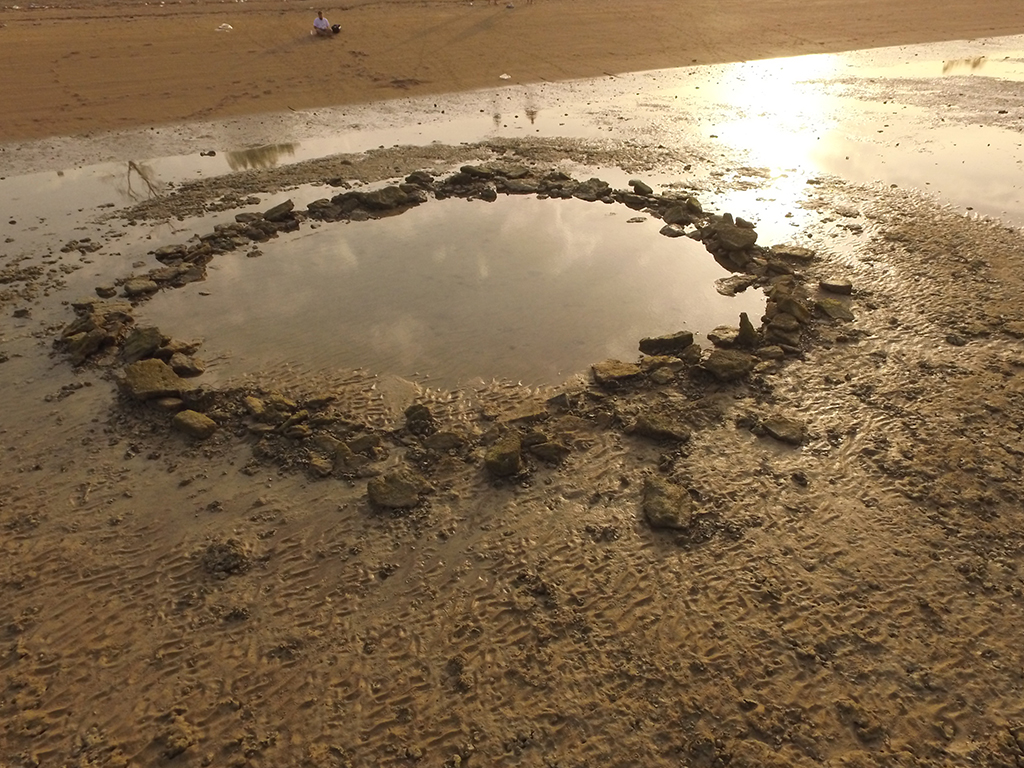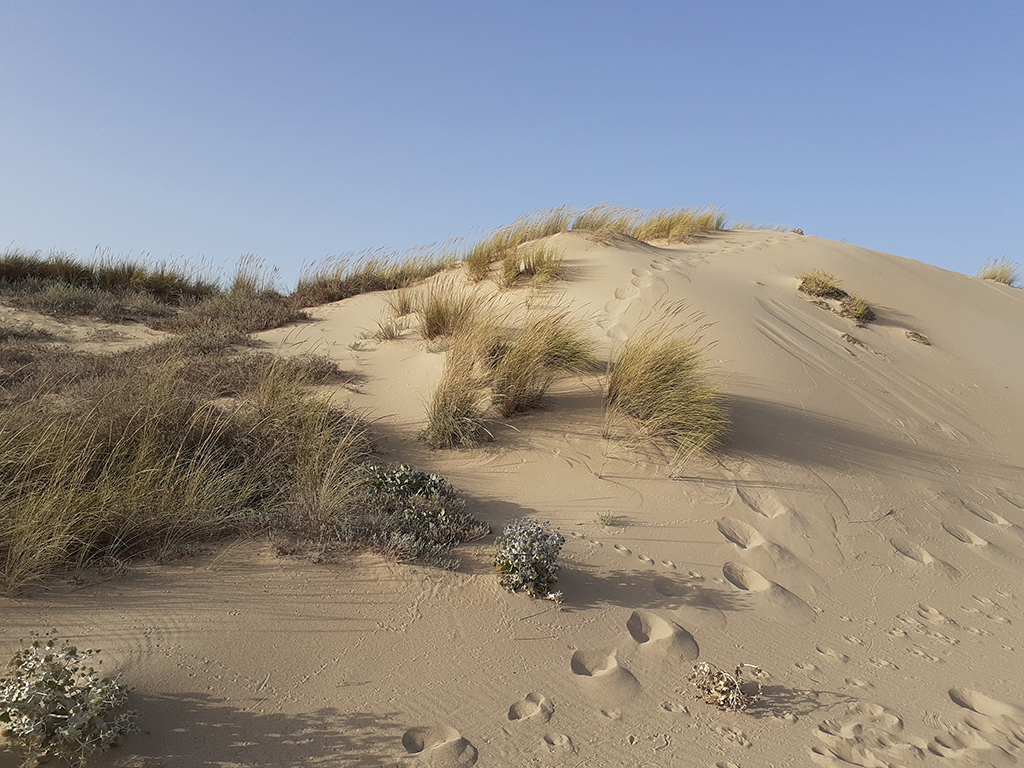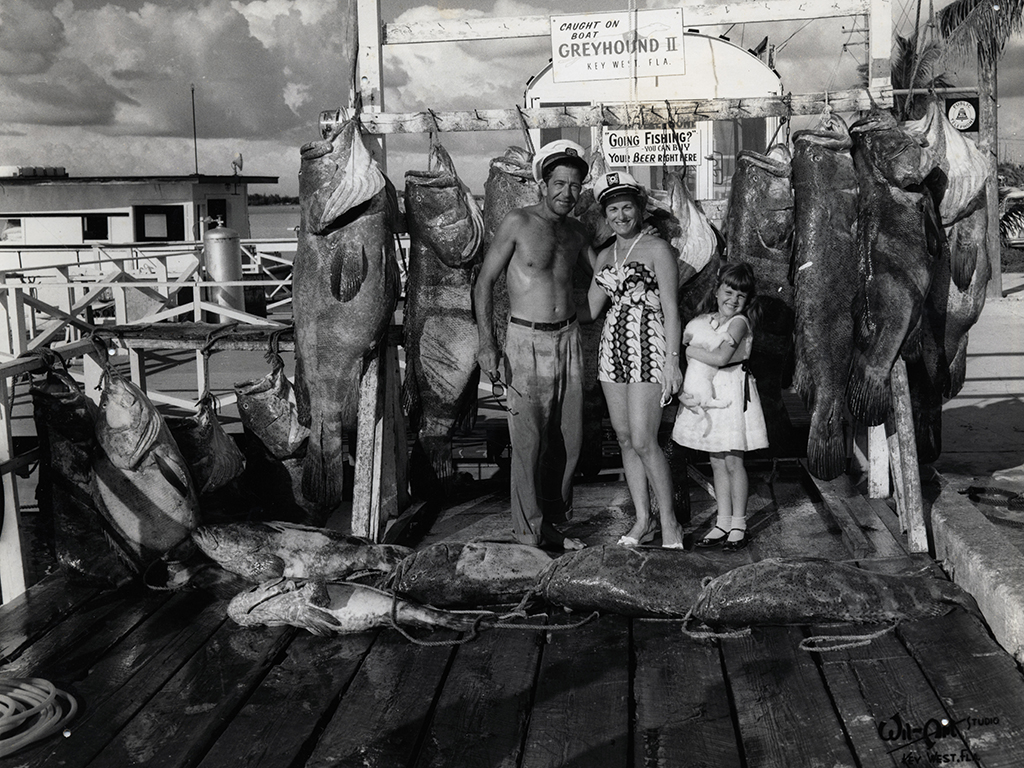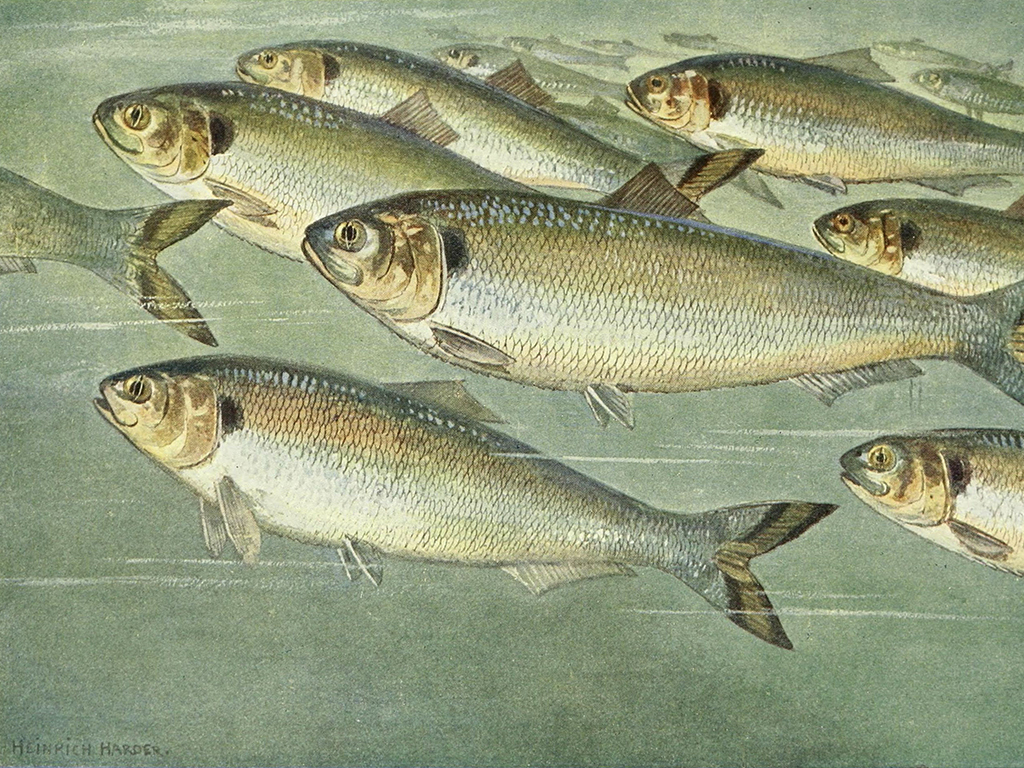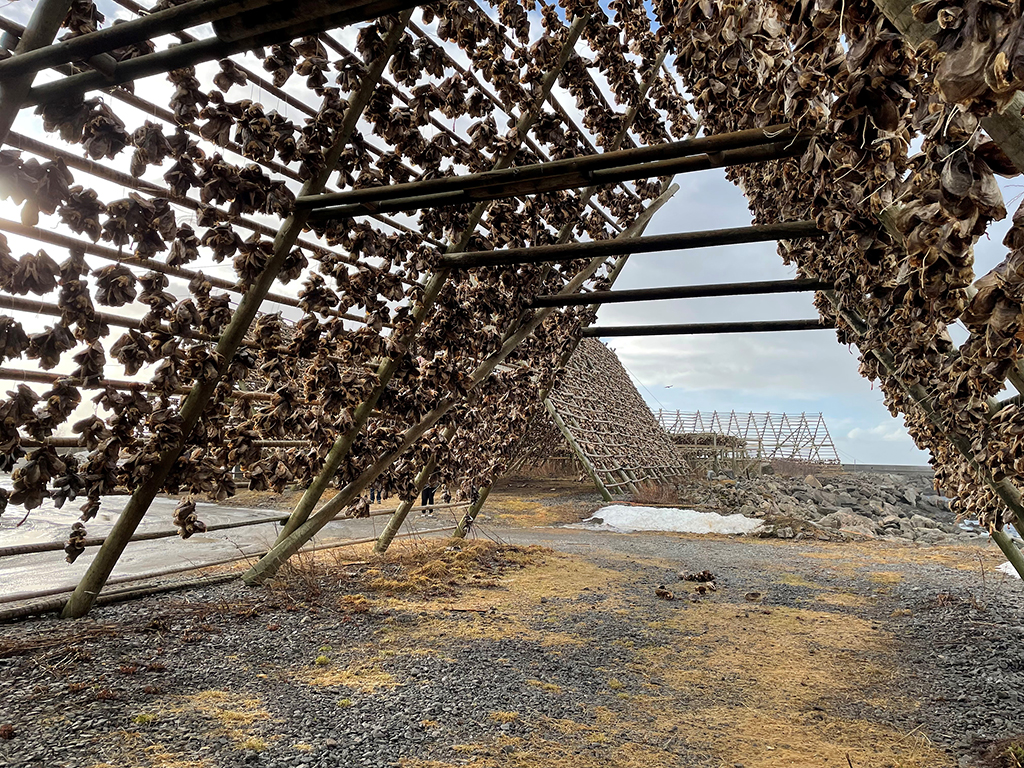From Fish to Architecure in Angeiras
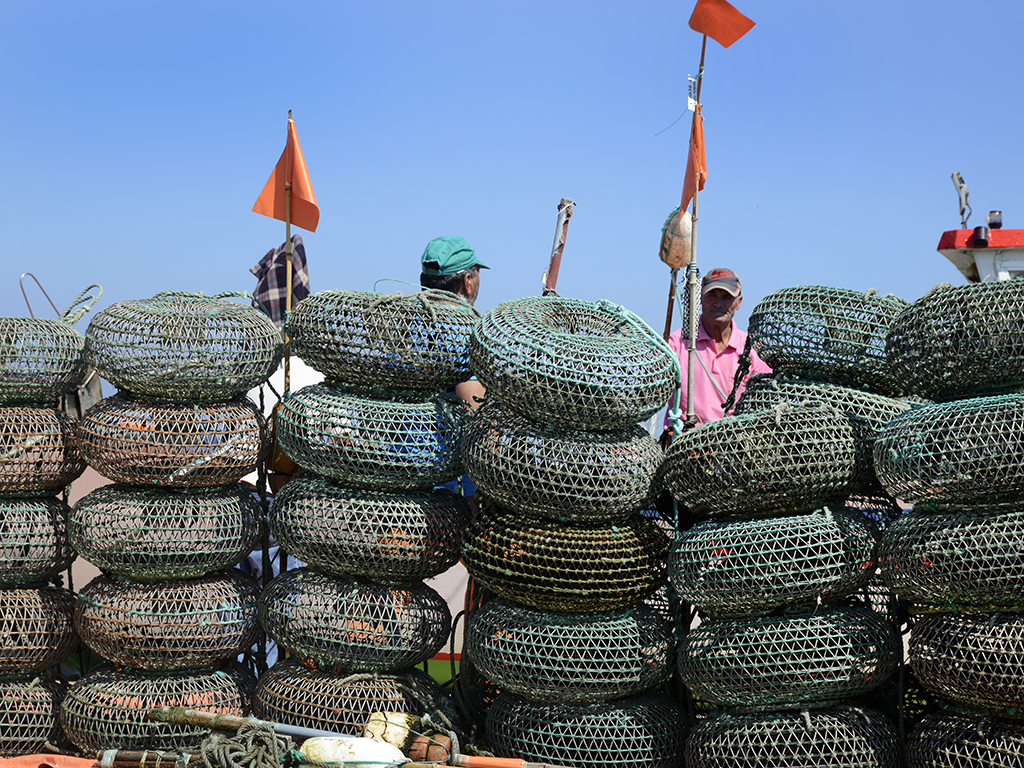
In the warm days of June, the Fish-A research project conducted a field workshop in Angeiras, Matosinhos, a small fishing community in northern Portugal. The goal was to build upon the framework established during the months of the project warmup period by delving into practical exploration. The team expanded to welcome architecture and marine biology students as well as researchers from the Portuguese Institute for Sea and Atmosphere (IPMA), the Interdisciplinary Centre of Marine and Environmental Research at the University of Porto (CIIMAR), and guest scholars. The focus was on analyzing the intricate relationship between fishing and the local material culture, including fishing vessels and gear, onshore facilities, and fishing routes and spots. It was a fruitful opportunity to test procedures for gathering and processing various forms of data, both qualitative and quantitative, and experimenting with original visual outputs.
The work developed through direct observation, questionnaires and conversations with fishermen, objective surveys, and landing statistics. The team drew upon its diverse skills and interests, working with hand-drawing, 3D scanning, GPS tracking, and biological descriptions of species and landings. Four groups were assigned specific topics, ranging from the micro (species and traps) to the larger territorial scale (vessel routes and fishing spots), encompassing both visual and quantitative data. The workshop was rewarding in the collaboration between scientific fields, with fishermen, students, and scholars engaging in productive exchanges, merging insights on fish behavior and marine ecosystems with landscape and territorial knowledge from the architectural field.
The lively summer days proved to be a pivotal step in unraveling the intricacies of fishing practices and extracting precise forms of knowledge that can be used in future research stages.
Angeiras, Matosinhos, June 14–22, 2023
Organized by Fishing Architecture / Faculty of Architecture of the University of Porto
